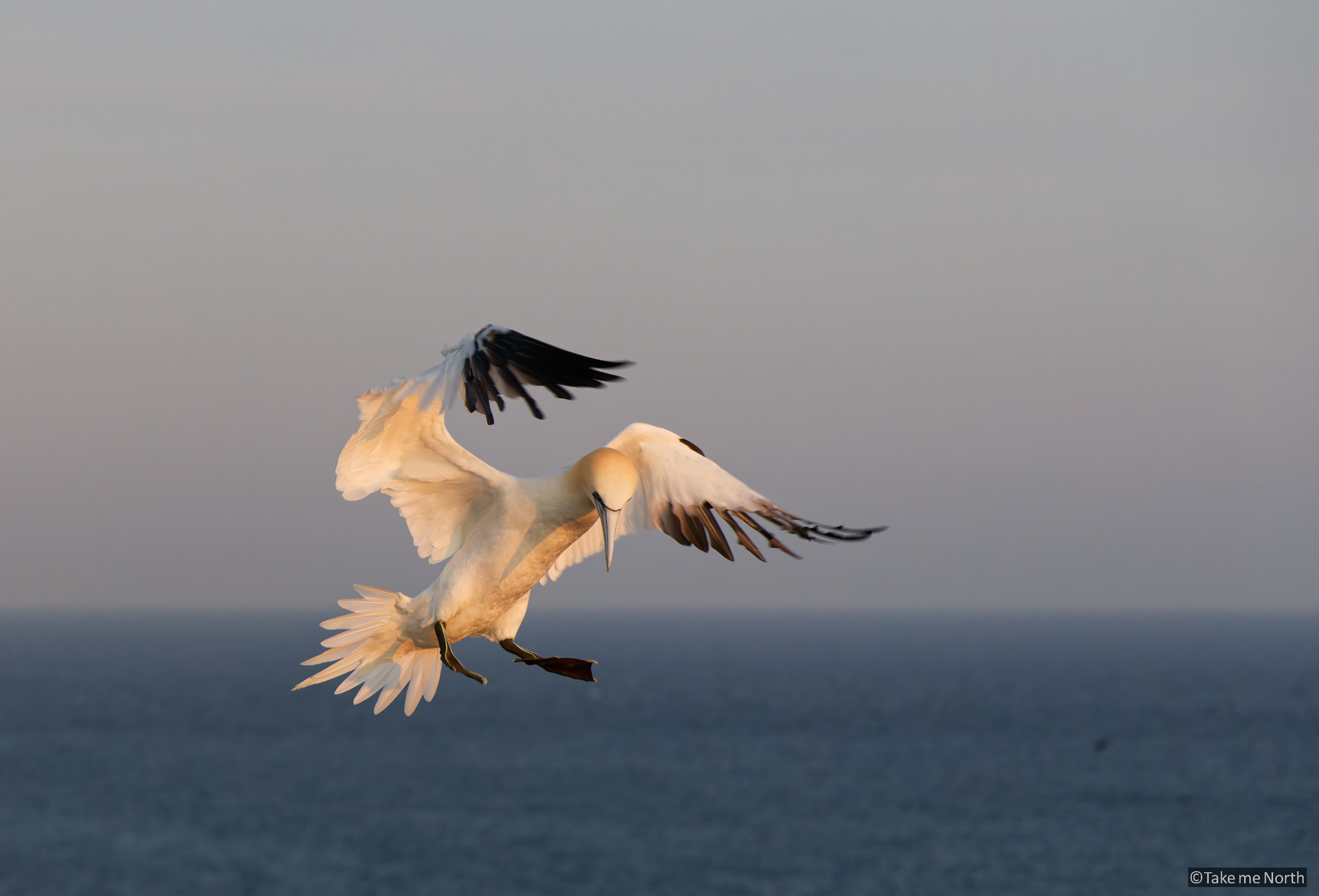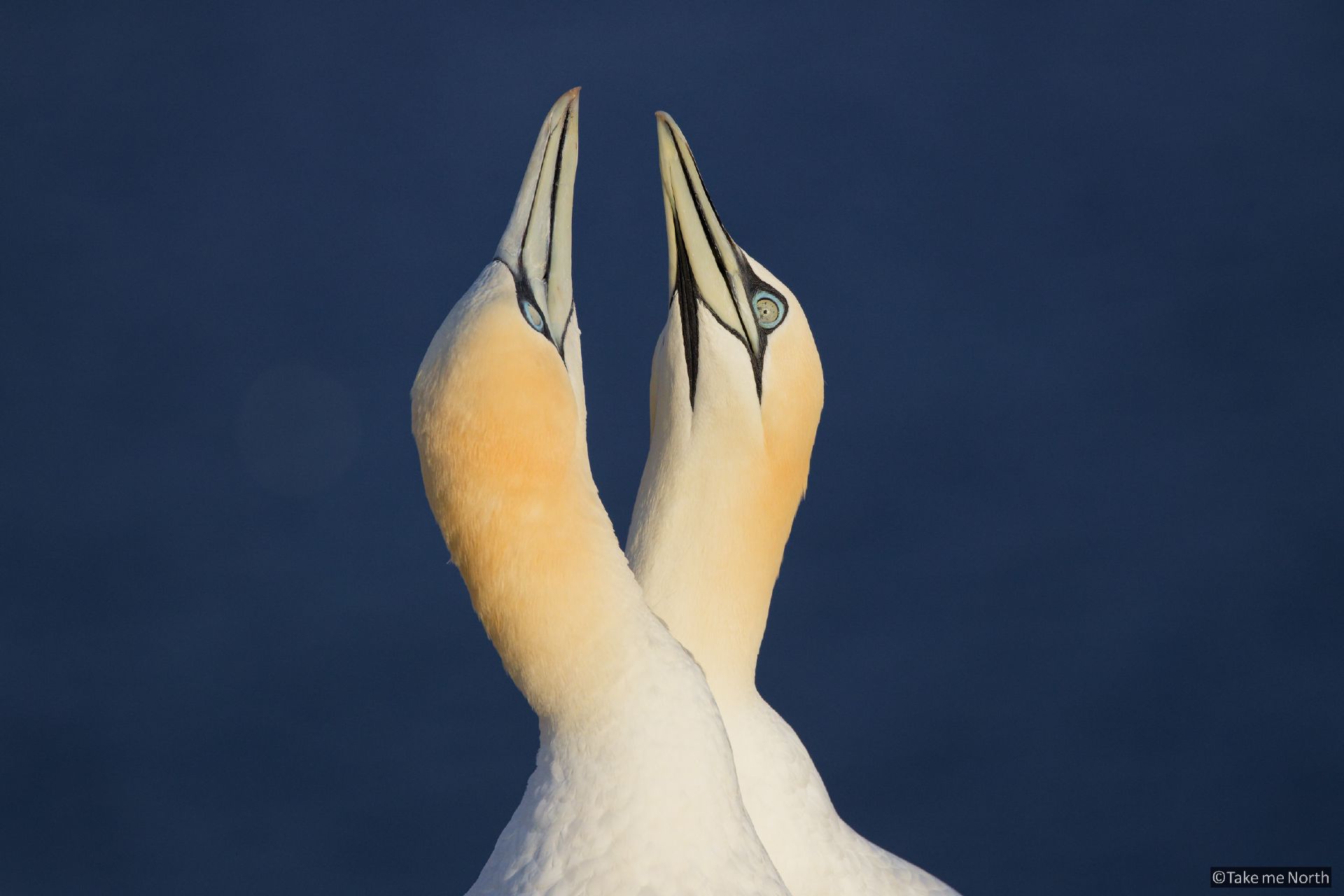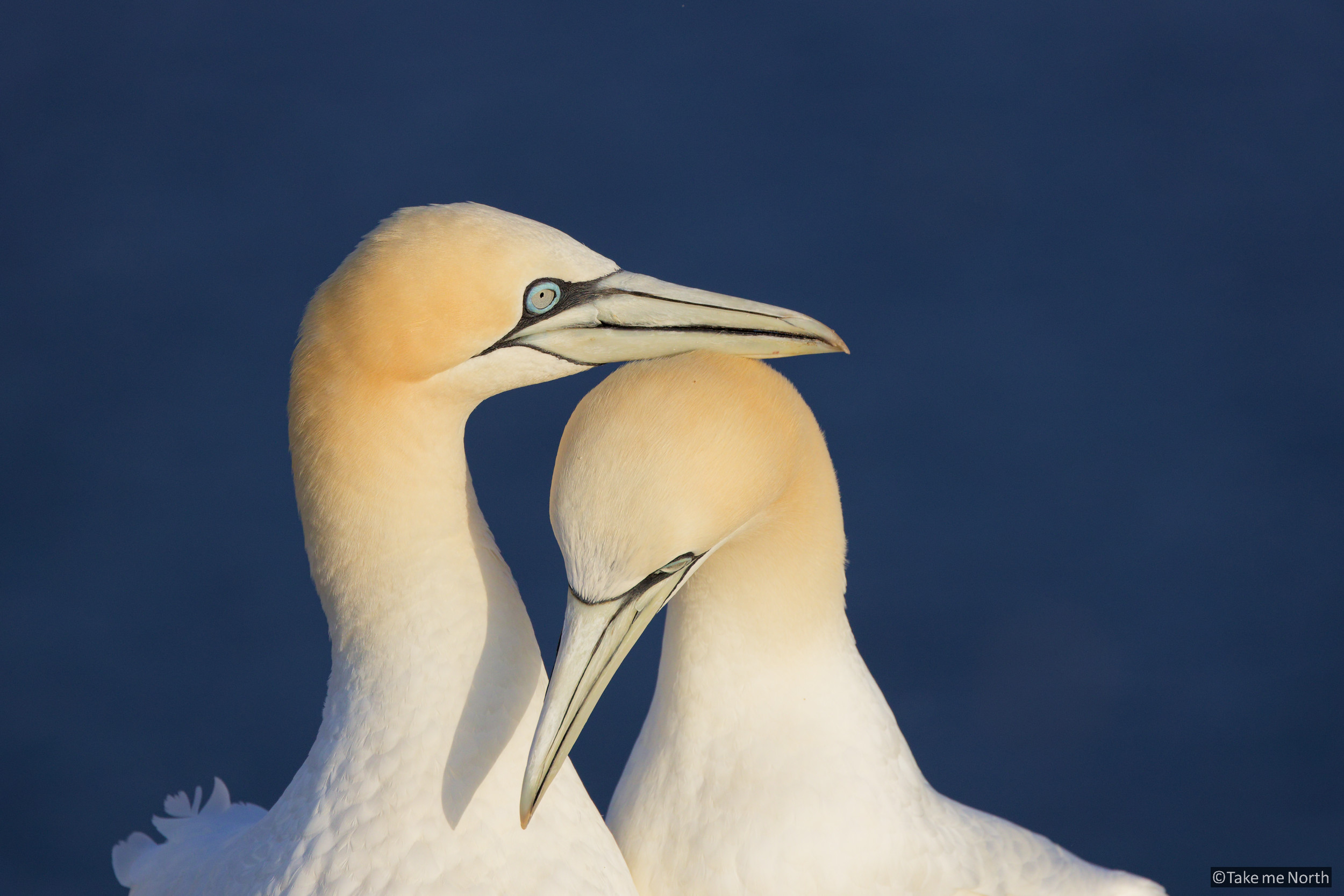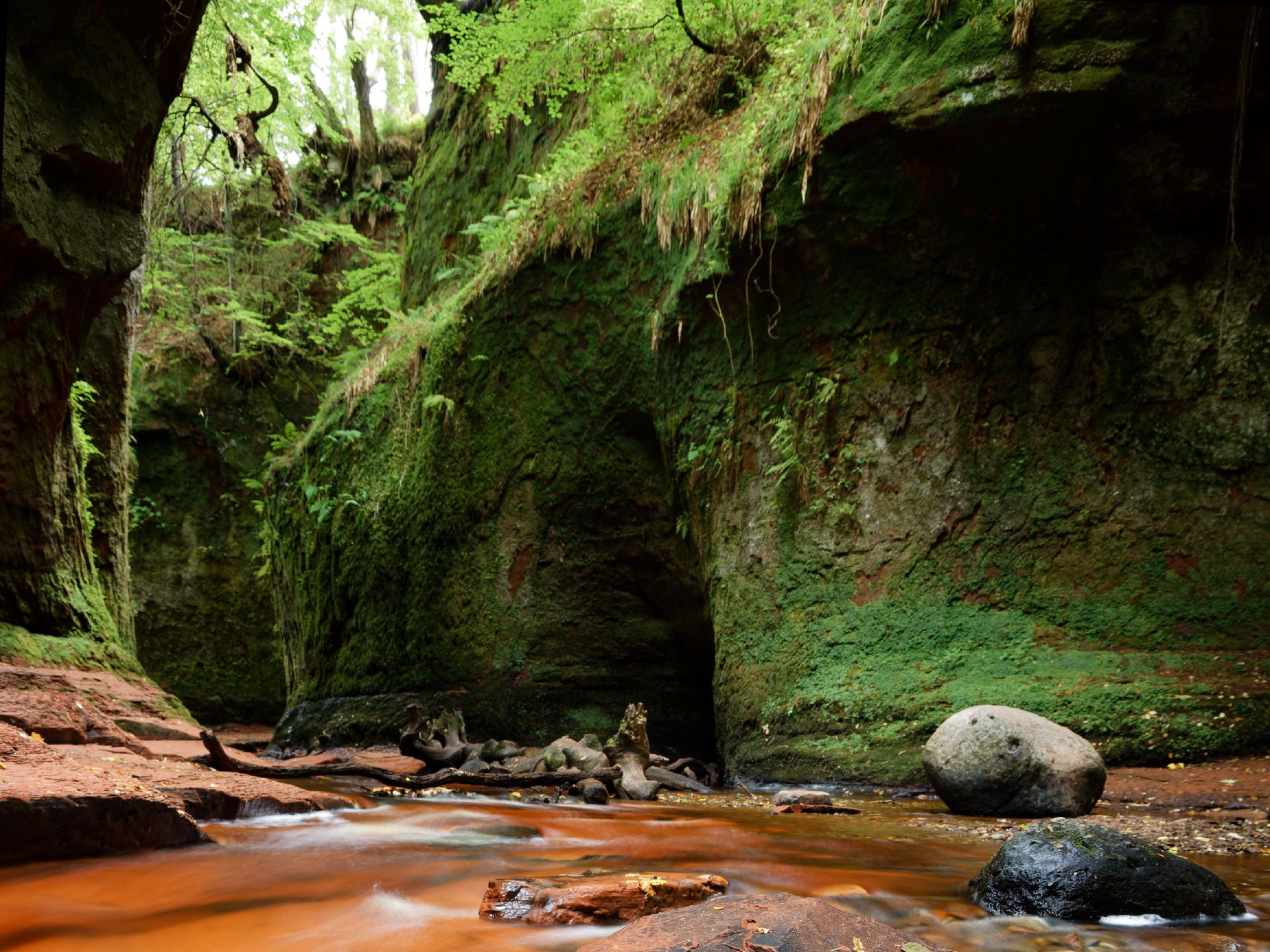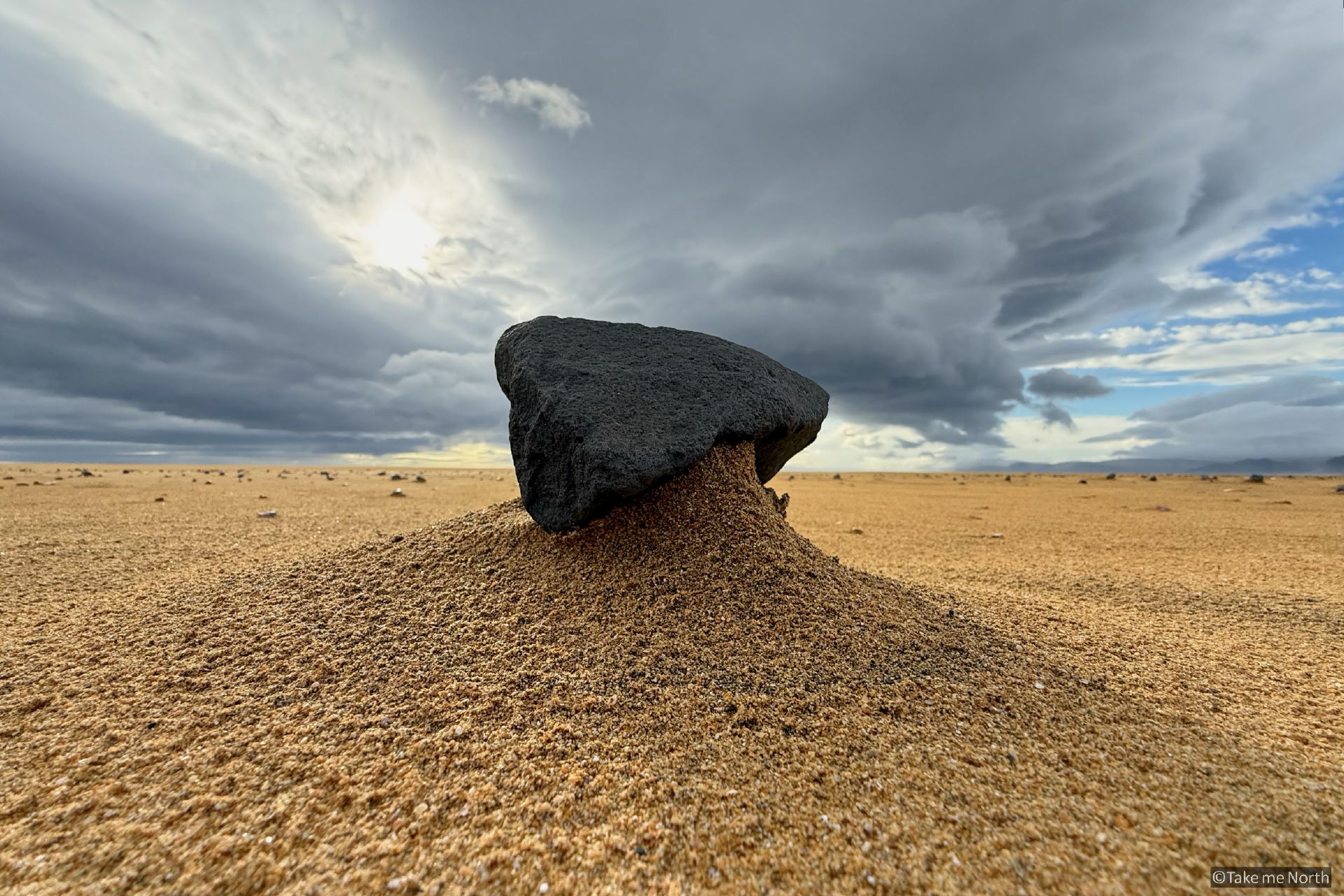When the ferry from Cuxhaven approaches Helgoland, the island seems to rise abruptly out of the North Sea — a rugged slab of red sandstone, crowned with green meadows and battered on all sides by wind and waves. At the North-end, the cliffs are alive with sound: a rolling chorus of cries, cackles, and the sharp calls of seabirds wheeling overhead. Among them, one bird dominates the scene — the northern gannet, with its snow-white plumage, black-tipped wings, and piercing blue eyes.
Helgoland is the only place in Germany where visitors can stand just a few meters from these magnificent seabirds, watching them tend their nests or launch themselves from the cliffs into the wind. Few other wildlife encounters in Europe feel so immediate.
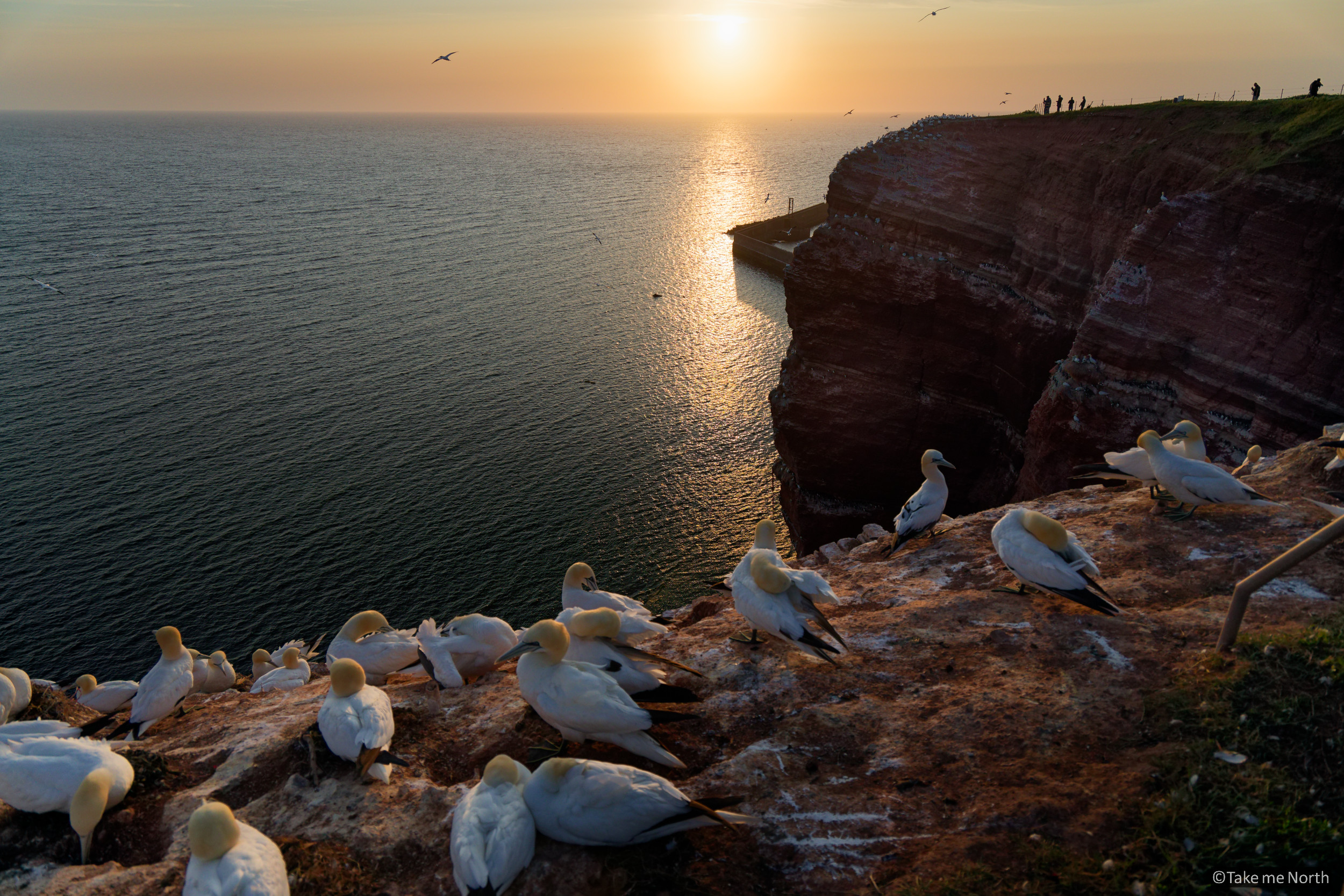
June sunset over gannet nests
The Rise of the Gannets
It is hard to believe that gannets are relative newcomers here. While guillemots, kittiwakes, and fulmars have long nested on Helgoland’s cliffs, the first gannets only settled in 1991. From a handful of pairs, the colony has exploded in size; today, thousands of gannets nest in tightly packed rows along the cliff ledges, their chicks jostling for space as parents return from fishing trips.
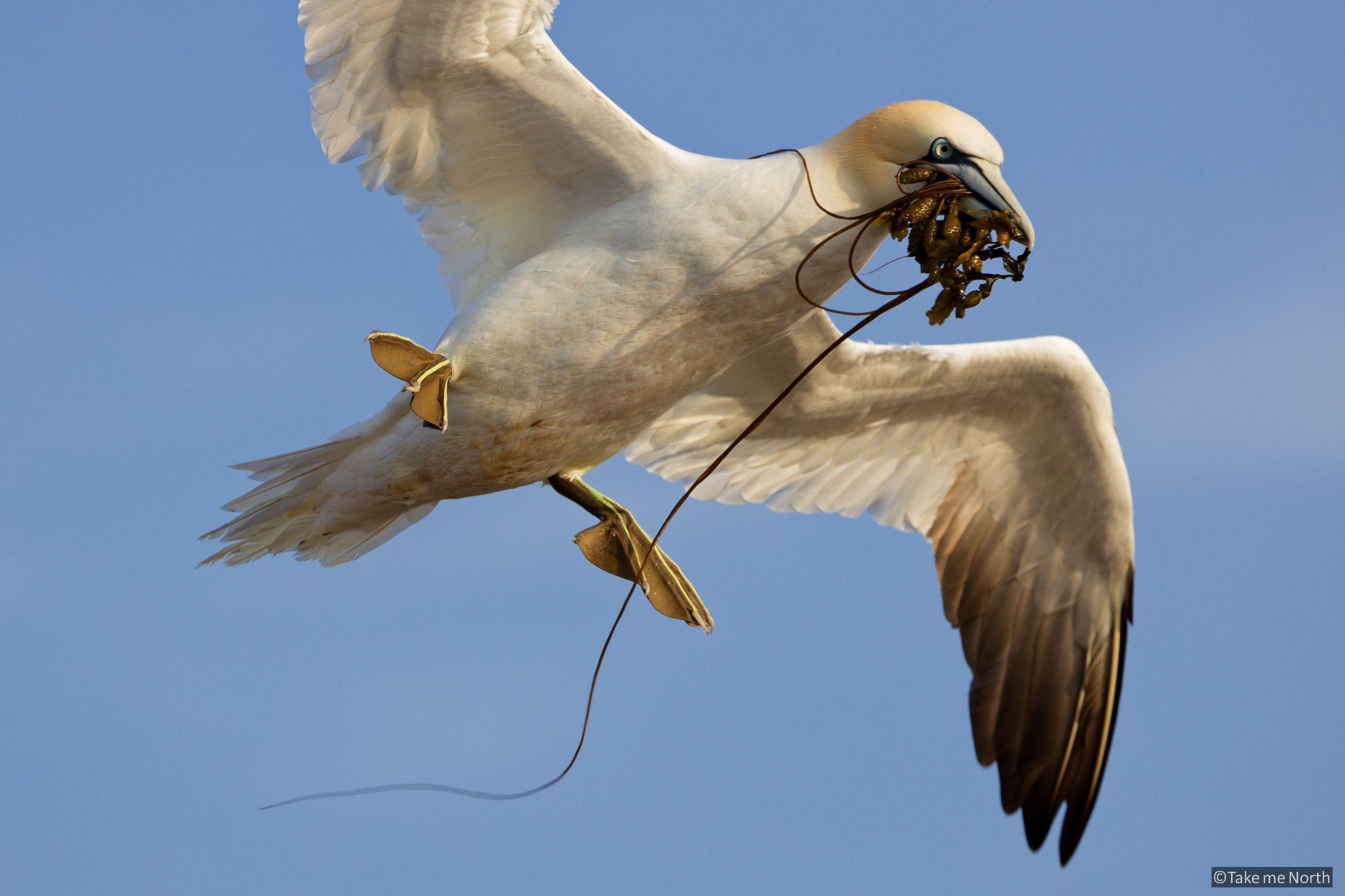
A gannet collecting kelp as a nesting material
Watching them hunt is unforgettable. A gannet spots a shoal of fish from high above the waves, folds back its wings, and plunges like an arrow into the sea at speeds of up to 100 km/h. Moments later, it bursts back to the surface, fish clamped in its dagger-like beak. These dives, repeated endlessly across the horizon, are both graceful and ferociously efficient.
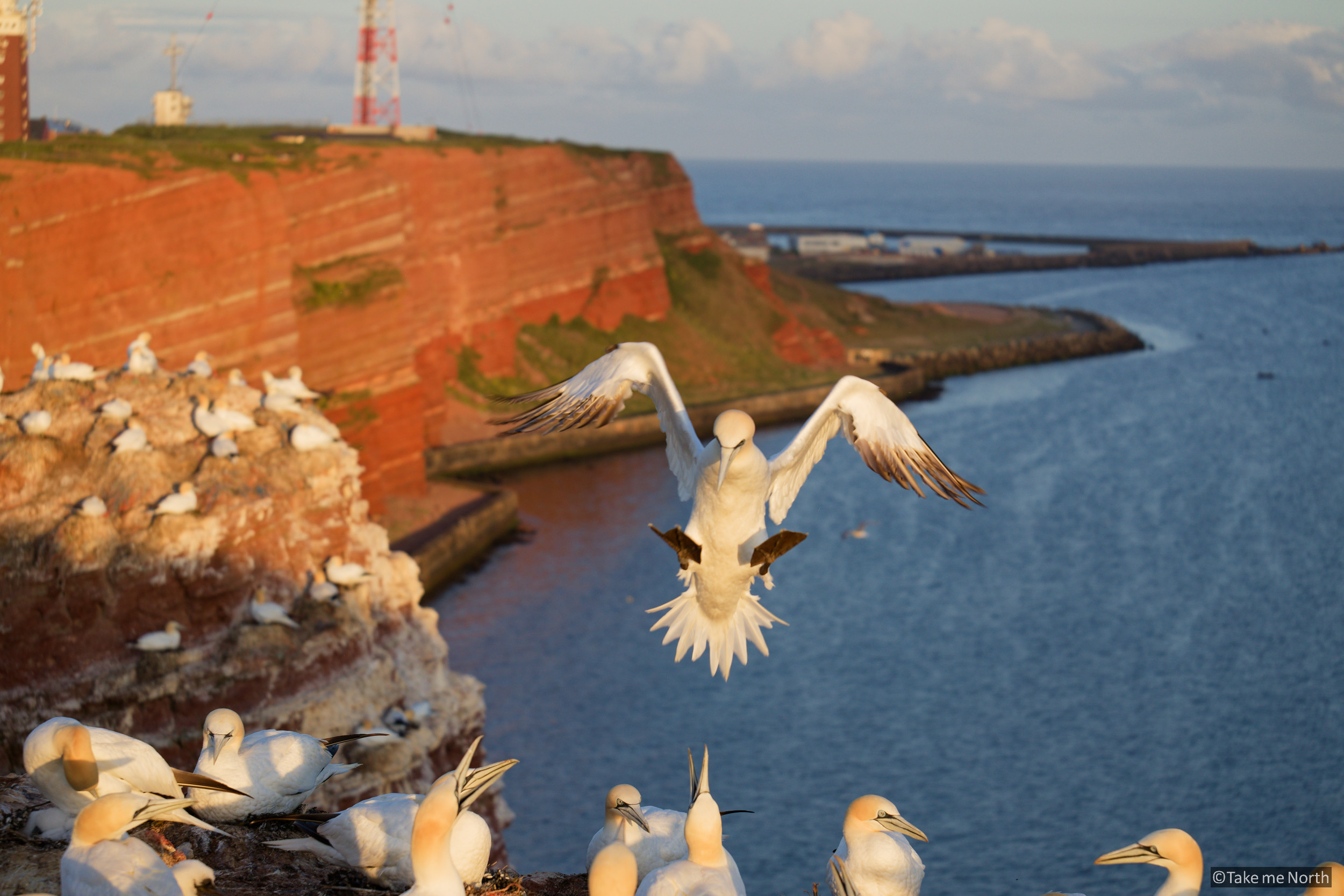
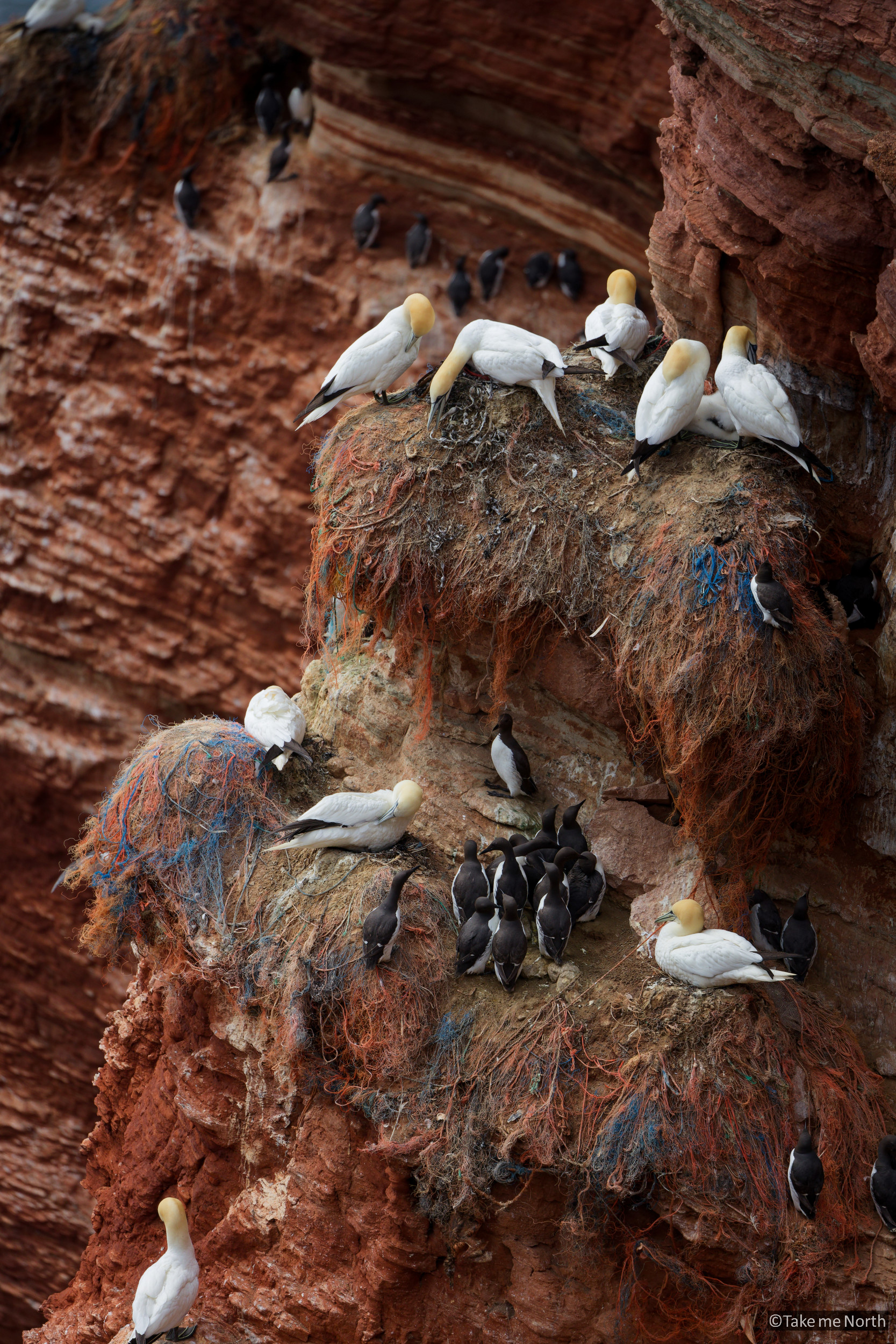
A Sanctuary for Seabirds
Helgoland’s cliffs are part of a designated nature reserve, and the protection shows. Wooden walkways and viewing platforms allow visitors to admire the colonies without disturbing them. The air here is thick with movement: guillemots clinging to impossibly narrow ledges, fulmars gliding effortlessly in the updrafts, kittiwakes squabbling over nest space. But the gannets steal the show — huge, noisy, and unmistakably charismatic.
For researchers, the colony is more than a spectacle. It is also a living laboratory. Ornithologists ring chicks, track migration routes with tiny transmitters, and monitor breeding success. Because seabirds respond quickly to changes in fish stocks, these studies also offer a window into the health of the North Sea itself.
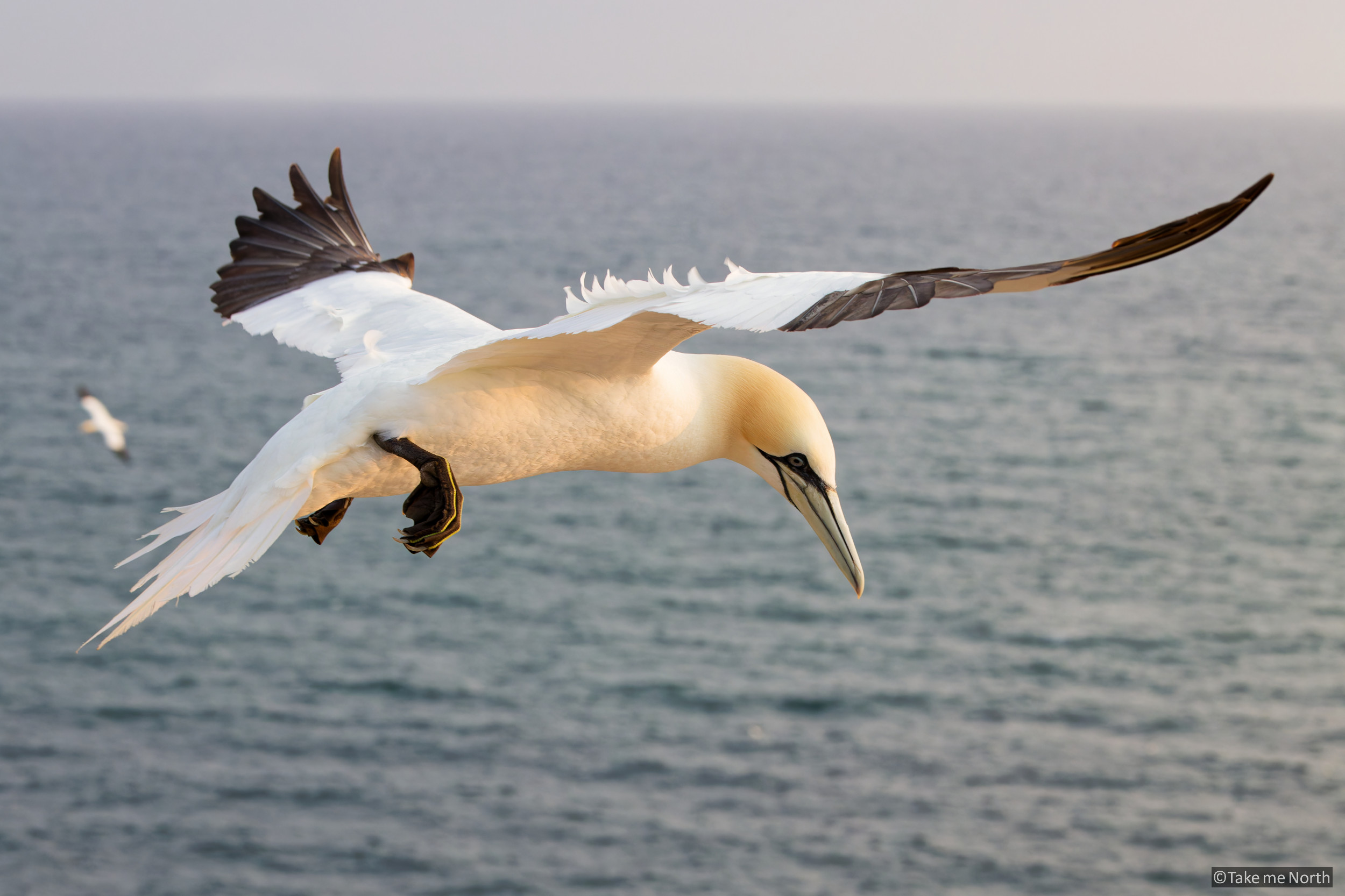
An Island Shaped by History
The peaceful scenes on Helgoland today are a striking contrast to its turbulent 20th-century past. This tiny island was once a pawn in great power struggles.
During the First World War, it was fortified by Germany, then briefly occupied by the British. In the Second World War, it was turned into a fortress bristling with submarine bunkers and anti-aircraft guns. In April 1945, a devastating British air raid — the “Helgoland Blitz” — reduced much of the settlement to rubble.
After the war, the British expelled the islanders and used Helgoland as a bombing range. In 1947, they staged the so-called “Big Bang,” one of the largest non-nuclear detonations ever carried out, in an attempt to destroy the remaining fortifications. The island survived, scarred but unbroken.
It wasn’t until 1952 that Helgoland was handed back to West Germany and its people were allowed to return. Slowly, a new identity took shape. Instead of bunkers and barracks, tourists came for fresh sea air, duty-free shopping, and above all, the chance to see seabirds up close.
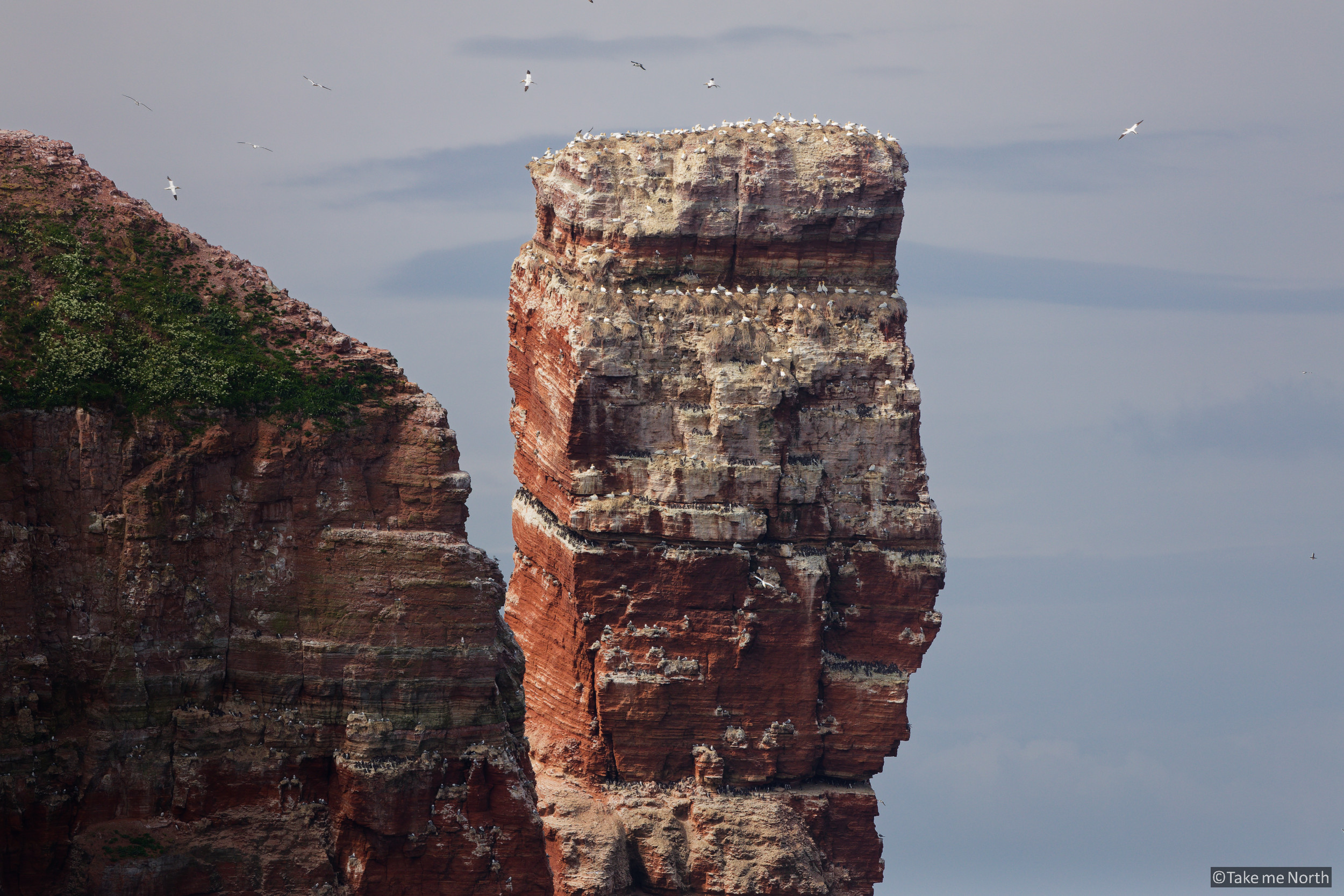
Lange Anna, a famous landmark on the North cliffs of Helgoland.
Where Nature and Memory Meet
Walking the cliff path today, you can still see remnants of bunkers hidden among the grassy slopes. But it is the seabirds that leave the deepest impression. The cries of gannets carry across the wind, a wild soundtrack that seems to belong more to the open ocean than to a German island.
Helgoland is, in many ways, a place of contrasts: a former fortress turned nature reserve, a site of destruction transformed into a sanctuary. The booming gannet colony is the clearest sign of that transformation — a reminder that even after a violent century, nature has the power to reclaim and renew.
